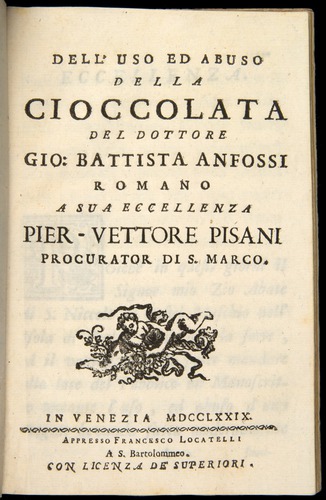Bartolomeo Boldo,a doctor of medicine, wrote this of the artichoke in 1576 – “The Artichoke has the virtue of provoking Venus in both in both Men and Women and for Women of making them more desirable and helping Men who are in these matters rather tardy.”
Albeit its supposed aphrodisiac qualities, the artichoke does have its origins recorded in legend. In Greek mythology, Zeus was said to have fallen in love with a beautiful woman on the Agean island of Zinari. She dared to disobey him, so he turned her into an edible thistle, named Cynara. Both the Greeks and Romans greatly appreciated this thistle, and Apicus, the first-century cookery writer provided three very simple recipes for artichokes – raw or boiled with a dressing of oil and herbs, or cumin.
In the first cookery books of the 15th century, artichokes are mentioned, but treated somewhat suspiciously due to their supposed hardness, the thorns and bitterness of taste. By the 16th century, artichokes were extremely popular in Italy, with Caterina de’Medici being credited with introducing the artichoke to the French court in 1533 when she went to marry the Dauphin.
There are many varieties of artichoke which grow in all areas where the winters are not too severe, and in Italy they are found in markets from late October through to May. There is the fat, thorny Spinoso Violetto di Palermo, the slimmer Spinoso di Liguria and the little artichokes of the Venetian laguna such as the round purple Romanesco, the deeper purple Violetto di Foggia, and the green Precoce di Chioggia.
Valencia in Spain also produces the Benicarló artichoke, which is highly prized with PDO (Protected Designation of Origin) status. It has an exceptionally full meaty flavour. The green Globe artichoke is the most well known and popular variety, which has a large head with succulent fleshy leaves with a meaty flavour.
The traditional French way to cook artichokes is steamed and served with lemon and butter. In Italy, small whole artichokes are battered or coated with egg and breadcrumbs and cooked whole, or with the larger varieties, the leaf tips are trimmed and a mixture of breadcrumbs, olive oil and cheese is stuffed behind the leaves, then the artichoke is roasted. Another famous dish is artichokes braised with white wine and garlic.
So, next time you see the artichoke in your green grocer, you will know a little more and, if you haven’t tried them or haven’t tried to cook with them, perhaps you will now. 🙂











